Where Is The Brake In a Car? This question is usually asked by people who try to learn how to drive a car. Of course if you are a professional driver you should know where the brake is located. So in this article we are going to show you where the brake is located in car and other important things you need to know about car brakes and how to drive an automatic car.
Where Is The Brake In a Car?
The brake pedal is to the left of the accelerator on the floor. When pressed, it applies the brakes, slowing and/or stopping the car.
To engage the brakes, press down on the pedal with your right foot (heel on the ground). If your car has normal brakes, the pedal will move slightly before becoming resistant. When you have power brakes, you don’t have to press as hard on the pedal to stop.
The parking brake can be a left-foot pedal, a lever under the dashboard, or a lever on the floor to the right. It uses brakes to keep the car from moving when it’s parked or to slow it down if the standard brakes fail.
Read also: How To Pick a Car Door Lock: Comprehensive Guide
How To Drive an Automatic Car
While learning to drive an automatic transmission car isn’t as difficult as learning to drive a manual transmission car, it still presents a significant obstacle. You’ll become a safer, more effective driver if you understand as much as possible about the process of driving and the potential dangers you might face. The accompanying printed instructions will make the process of learning a little easier.
It’s a good idea to familiarize yourself with the vehicle’s equipment and controls before getting behind the wheel. When it’s time to hit the road, this will make you feel more confident.
Brake & Gas Pedals
There are only two pedals in an automatic vehicle. The gas pedal is on the right, while the brake pedal is on the left. To obtain a sense of how they feel, lightly press on them with your right foot.
Steering
Take a look at your hands right now. Although the steering wheel is clearly in front of you, take a moment to locate the turn signal and windshield wipers. They’re usually on the right side of the steering wheel, however they could be on the left depending on the brand of your vehicle.
Gear Shifter
The gear shifter can be found on the floor between the seats or on the steering column in an automatic vehicle. Several letters and digits will almost certainly run down the side of the shifter, in either case. The top one is labeled with the letter ‘P,’ which stands for park. This is where the shifter is if the automobile is turned off.
Next comes ‘R,’ which stands for reverse, followed by ‘N,’ which stands for neutral, and finally ‘D,’ which stands for drive. A few numerals (1, 2, and possibly 3) may appear below the ‘D’, depending on the vehicle. These are present so that you can shift the car into a lower gear manually if necessary. For practically all of your driving demands, ‘P,’ ‘D,’ and ‘R’ should suffice.
Start Your Car
The automobile must be in park and your foot must be on the brake before you may start it for the first time. Turn the key and start the automobile with your right foot on the brake and the vehicle in park.
Both the brake and the gas should be operated with your right foot. This is so you don’t fall into the habit of “riding the brake,” which is keeping your foot on the brake pedal even when you aren’t stopping. Riding the brake is an excellent way to prematurely wear down your brakes, and it is something you should avoid.
Driving Forward
Move the car’s shifter to D for drive while keeping your foot on the brake. To get the shifter out of park, you’ll need to hit a button anywhere on the shifter. Slowly release the brake after the automobile is in drive. Even if you don’t have your foot on the gas, the automobile will begin to move. This is due to the fact that the vehicle is in gear and ready to drive.
To accelerate, slowly press down on the gas pedal. As you accelerate, your automobile will automatically shift through the gears.
Slowing Down Or Stopping The Car
Simply apply pressure to the brake pedal with your right foot to slow down. You will have no issue slowing the car down, even if it is in gear. With practice, you will be able to determine how much brake pressure to apply. You want to make sure you apply enough brake pressure to slow the car down enough to stop where you need to, but you don’t want to slam on the brakes unless you’re in a dire situation and need to stop quickly.
Reversing Your Car
Simply come to a complete stop to drive in reverse. Shift the car into reverse gear with your foot still on the brake. After that, take your foot off the brake and put it on the throttle pedal. The automobile will reverse its direction of travel.
Parking Your Car
Place your foot on the brake to bring your car to a complete stop. Then change to P to park. Remove the key and turn off the automobile. You’ve completed the task!
What Are The Four Types Of Brakes?
The following are the different types of brakes available in an automobile:
Disk Brakes
Disc brakes have a braking rotor that is joined to the wheel directly. A caliper (which holds the brake pads just outside the rotor) squeezes the brake pads on either side of the rotor due to hydraulic pressure from the master cylinder. The car slows and stops due to friction between the pads and the rotor.
Drum Brakes
A brake drum is linked to the inner of the wheel when using drum brakes. Hydraulic pressure pushes two brake shoes on the braking drum when the brake pedal is pressed down. The car slows and stops as a result of the friction.
Emergency Brakes
Emergency brakes, often known as parking brakes, are a separate braking mechanism from the service brakes. While there are many various types of emergency brakes (a stick lever between the driver and passenger, a third pedal, a push button or handle near the steering column, and so on), practically all emergency brakes are operated by wires that exert mechanical pressure to the wheels. They’re usually used to keep a car still while it’s parked, but they can also be employed in an emergency if the stationary brakes fail.
Anti-Lock Brakes
Most contemporary automobiles include anti-lock braking systems (ABS). ABS prevents the wheels from locking up if the stationary brakes are applied rapidly to keep the tires from skidding. This feature comes in handy when driving on rainy or slick roads.

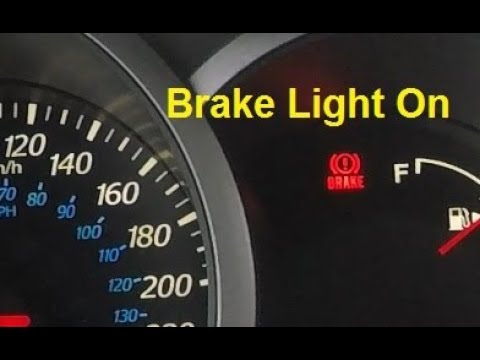

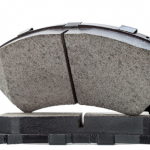
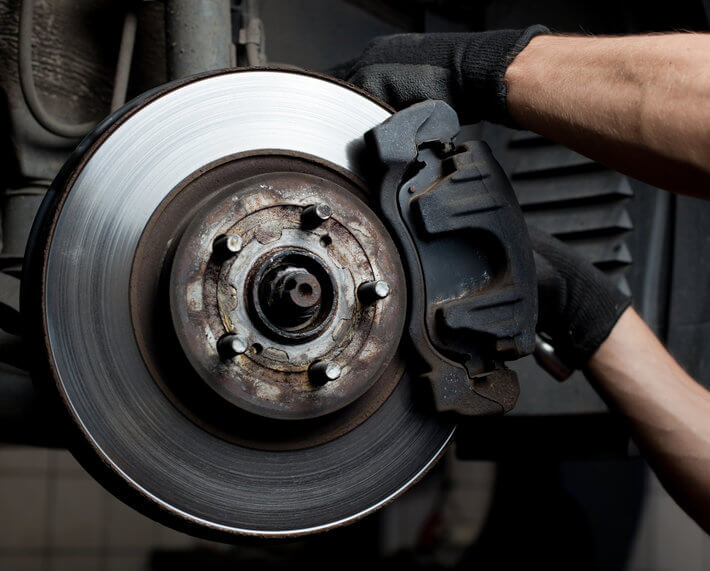
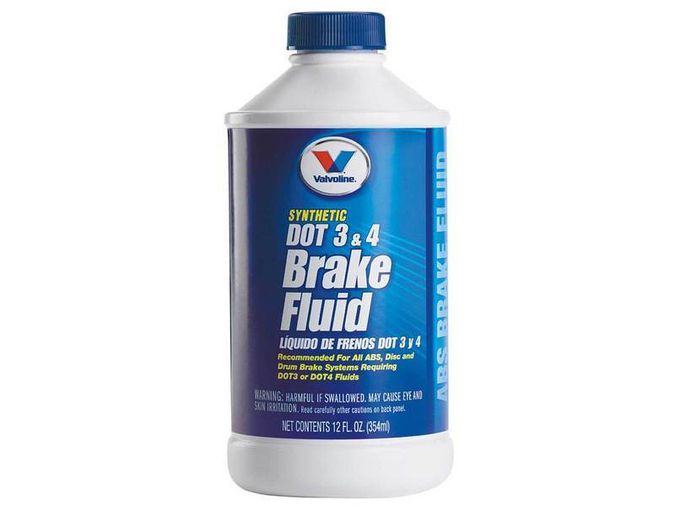
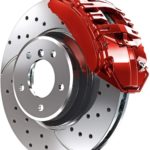
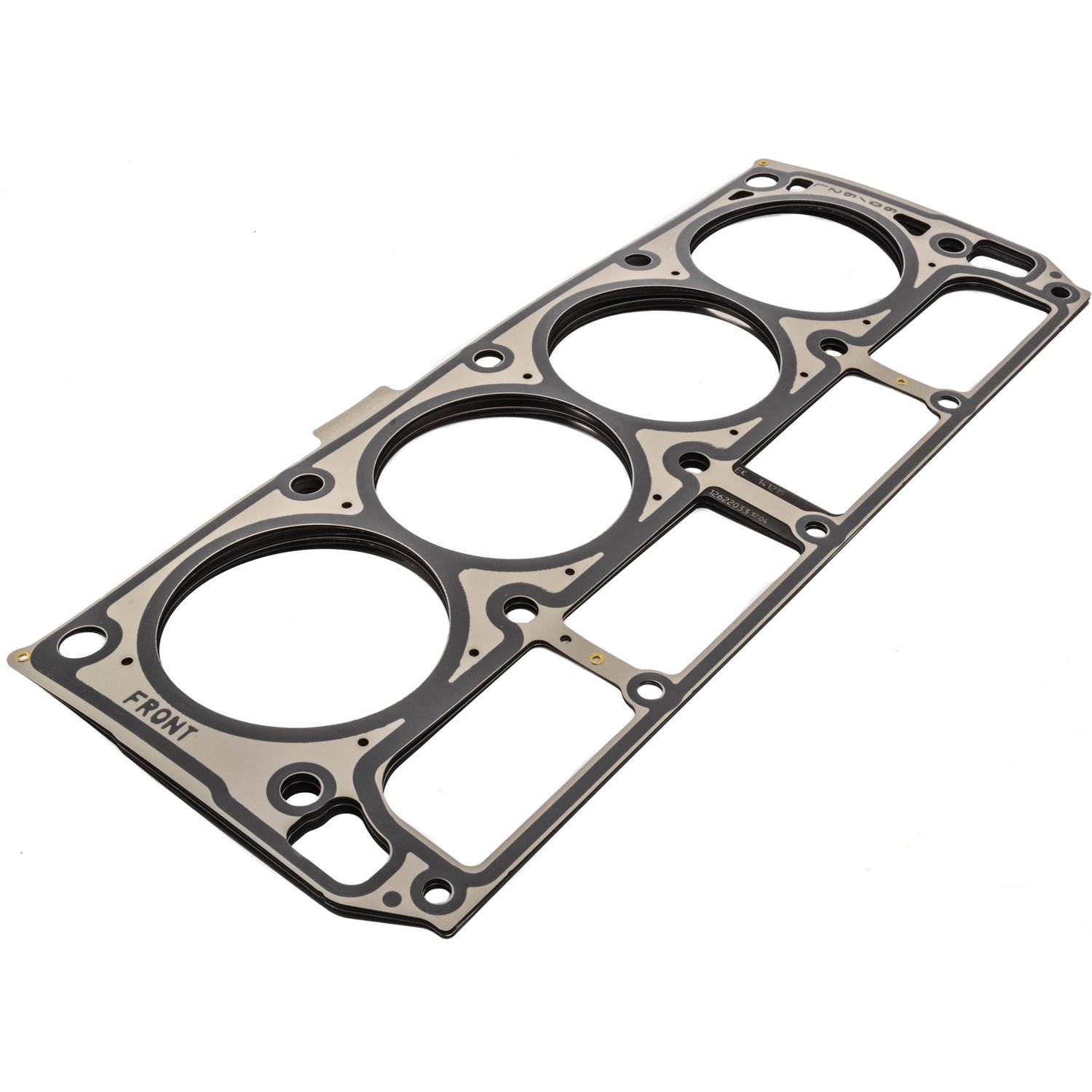
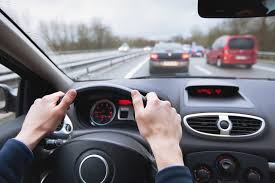
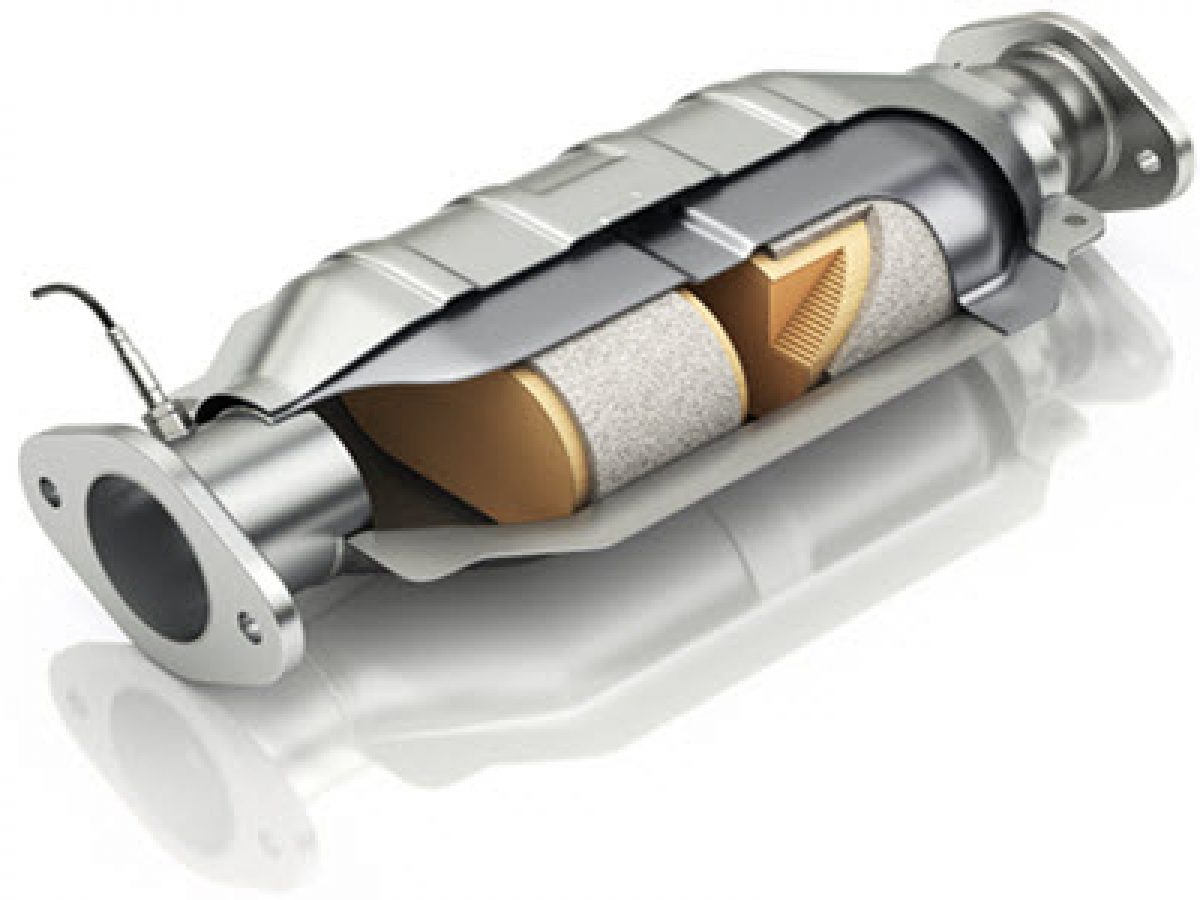
Comment